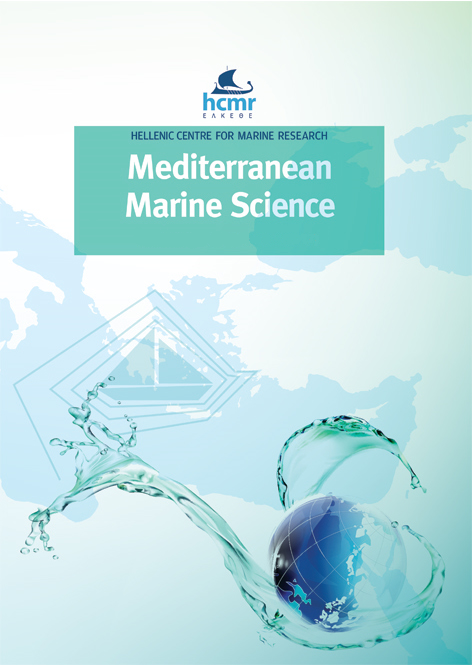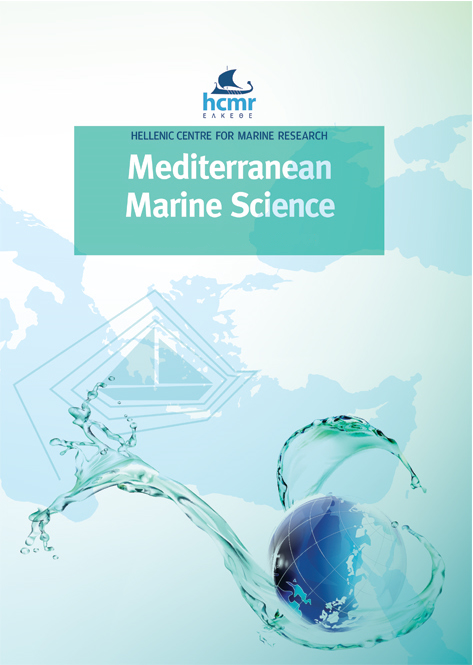A précis of Gill-Oxygen Limitation Theory (GOLT), with some Emphasis on the Eastern Mediterranean
Περίληψη
A summary of the Gill-Oxygen Limitation Theory (GOLT) is presented, i.e., of a theory seeking to explain a variety of life processes in fish and aquatic invertebrate by the fact that that the surface of their gills (and hence their oxygen supply) cannot, as 2-dimensional objects, keep up with the growth of their 3-dimensional bodies, and thus with their oxygen requirements. Various processes and attributes of fish and aquatic invertebrates are presented which had to date no mechanistic explanation, but which fit within the GOLT, offered here as a tool to interpret phenomena that until now were perceived as unrelated. However, the GOLT should also help to address practical problems, such as arise for fish farming when water temperature increases because of global warming.
Λεπτομέρειες άρθρου
- Πώς να δημιουργήσετε Αναφορές
-
PAULY, D. (2019). A précis of Gill-Oxygen Limitation Theory (GOLT), with some Emphasis on the Eastern Mediterranean. Mediterranean Marine Science, 20(4), 660–668. https://doi.org/10.12681/mms.19285
- Ενότητα
- Special Issue MEDIAS
Authors who publish with this journal agree to the following terms:
- Authors retain copyright and grant the journal right of first publication with the work simultaneously licensed under a Creative Commons Attribution Non-Commercial License that allows others to share the work with an acknowledgement of the work's authorship and initial publication in this journal.
- Authors are able to enter into separate, additional contractual arrangements for the non-exclusive distribution of the journal's published version of the work (e.g. post it to an institutional repository or publish it in a book), with an acknowledgement of its initial publication in this journal.
- Authors are permitted and encouraged to post their work online (preferably in institutional repositories or on their website) prior to and during the submission process, as it can lead to productive exchanges, as well as earlier and greater citation of published work (See The Effect of Open Access).







